
5 things to know about Winnipeg’s big sewage problem
115 billion litres, 70 years to fix, $5.5 billion in lawsuits
As wildfires continue their march across British Columbia and the Fairy Creek protests reignite, a related drama is about to unfold to much less fanfare in room 35 of the B.C. Supreme Court in Vancouver. The case pits a forestry company against two unlikely co-defendants: the Province of B.C. and the Haida Gwaii Management Council. The company is suing them for $75 million — the cost, it claims, of being forced to stop logging old-growth forests on Haida Gwaii.
The company in question? Teal Cedar Products Ltd., a division of the Teal-Jones Group, the same one operating at Fairy Creek.
The trial began in May and adjourned for the summer in June, after several weeks of eye-opening testimony that offered a window into the government’s thinking on reconciliation, resource extraction and ecological protection. It resumes today, with more high-profile witnesses to come. Chief among them is Pat Bell, B.C.’s former minister of forests, who Teal claims made the company a verbal promise it would be “kept whole” in the wake of sweeping forestry reforms on Haida Gwaii more than a decade ago.
In many ways, Teal’s lawsuit is a dark-mirror inversion of the conflict playing out at Fairy Creek, the largest act of civil disobedience in Canadian history. For as protesters return to logging roads on southern Vancouver Island, an awkward fact remains: the elected and hereditary leadership of the nations there oppose the blockades and support Teal-Jones. This has given Teal a precarious high ground in Fairy Creek, one that Pacheedaht Chief Jeff Jones emphasized in the memorandum of understanding his nation signed with Teal two years ago: “Since taking responsibility for managing Tree Farm License 46 in our territory in 2004, Teal-Jones has consistently demonstrated respect for our rights and values.”

But what if the First Nation decided it wanted to stop logging old-growth? Would Teal-Jones continue to respect their rights and values, or would they turn from partner to adversary?
Those aren’t hypothetical questions. They were put to Teal-Jones on Haida Gwaii in 2010, and the company answered by suing for damages.
The lawsuit has enormous implications that go well beyond Haida Gwaii, or even B.C. One of the people watching closely is Estair Van Wagner, co-director of Osgood Hall Law School’s Environmental Justice and Sustainability Clinic, and an associate law professor at York University.
“At the core of the real public interest here,” she told me, “is what happens when there are conflicts between these big important movements we’re making as a society, and that governments make on our behalf towards reconciliation — what happens when those kinds of efforts clash with private interests?”
Teal began logging on Haida Gwaii in 1999 after acquiring two tenures — Tree Farm License 58 and Forest License A16870 — from the previous owner, TimberWest (the purchase was formally completed in 2008, for $4.8 million). Both tenures had seen substantial logging, yet retained significant stands of old-growth.
But anti-logging protests had rocked the archipelago since the mid-1980s, and continued to erupt sporadically through the early 2000s. Those protests were channeled into the Haida Nation’s court battle against the province’s Ministry of Forests, which culminated in the Supreme Court of Canada’s historic 2004 Haida decision, entrenching in law the government’s “duty to consult” First Nations on matters affecting their territory.
The Haida decision marked a turning point, not an end, in the Haida Nation’s ongoing struggle to regain autonomy over their lands and waters. It also coincided with a massive public movement to protect British Columbia’s dwindling stands of ancient forest. Both were repeatedly cited by the province in court last spring.
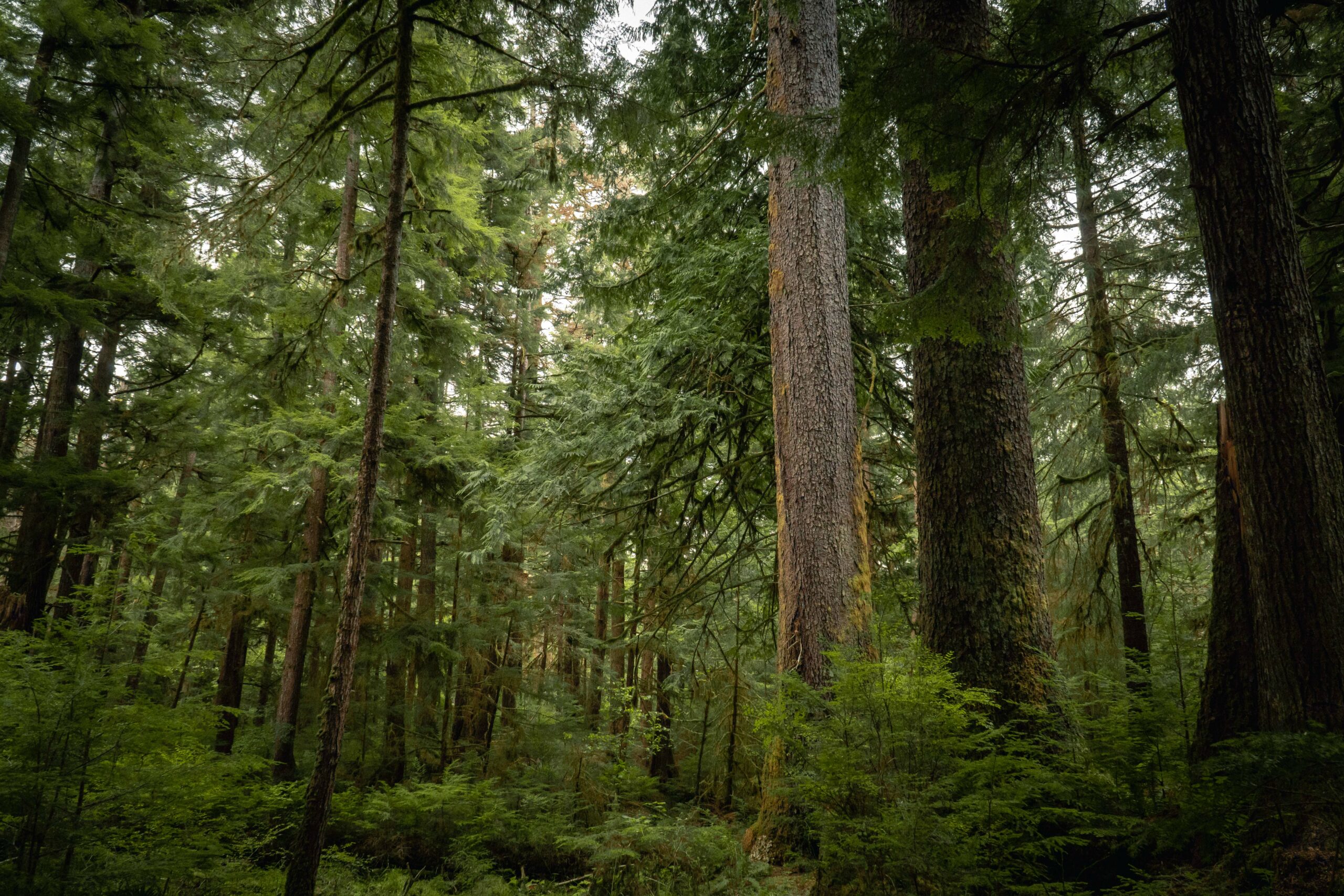
“We came to a point where society’s expectations for the management of their public resource had shifted, and policy, legislation and management framework had not,” Albert Nussbaum, B.C.’s current deputy chief forester, recalled when he was asked to describe the evolution of provincial forest policy. “It has become, over the course of my career, very apparent that our responsibilities toward First Nations are unique and require a whole level of collaboration now that wasn’t even conceived of when I started my career.”
The government Nussbaum works for didn’t reach that conclusion on its own. For decades, it deployed armies of lawyers to fight the very notion of a duty to consult, along with the principle that duty is grounded in underlying Aboriginal Title. This carried on well after the Haida decision should have put the matter to rest, right up until the Tsilhqot’in Nation defeated the Crown to become the first nation in Canada to win Aboriginal Title over a swathe of its traditional territory. In that case, which concluded in 2014, one of the Crown prosecutors arguing against the Tsilhqot’in was Graham Underwood; today Underwood, still a Crown prosecutor, is on the other side of the table, arguing the government has every right to protect a First Nation’s interests against a logging company.
In 2009, the province and Haida Nation signed the Kunst’aa guu – Kunst’aayah Reconciliation Protocol, “which reflected the parties’ intention to implement joint and shared decision making over forest management on Haida Gwaii,” according to the Crown’s opening argument. That intention was made manifest one year later through the creation of the Haida Gwaii Management Council. The council has ultimate authority over resource extraction on Haida Gwaii, and is comprised of five board members: two appointed by the council of the Haida Nation, two appointed by the province and one chair who is mutually agreed on by both parties.
The Haida Gwaii Management Council’s current chair is Hereditary Haida Chief Allan Davidson. “For my whole life, I have been a member of a nation that has been locked in conflict with the province,” Davidson told me. “When I was young on Haida Gwaii, the rate of logging was staggering and we as a nation had no say over it.”
“I remember watching huge logging barges loaded down with old-growth leaving the island almost every day,” he said. “So when it comes to working with the province, we definitely have some history to overcome. But things can change. During my lifetime, we have made big strides reclaiming what is ours.”
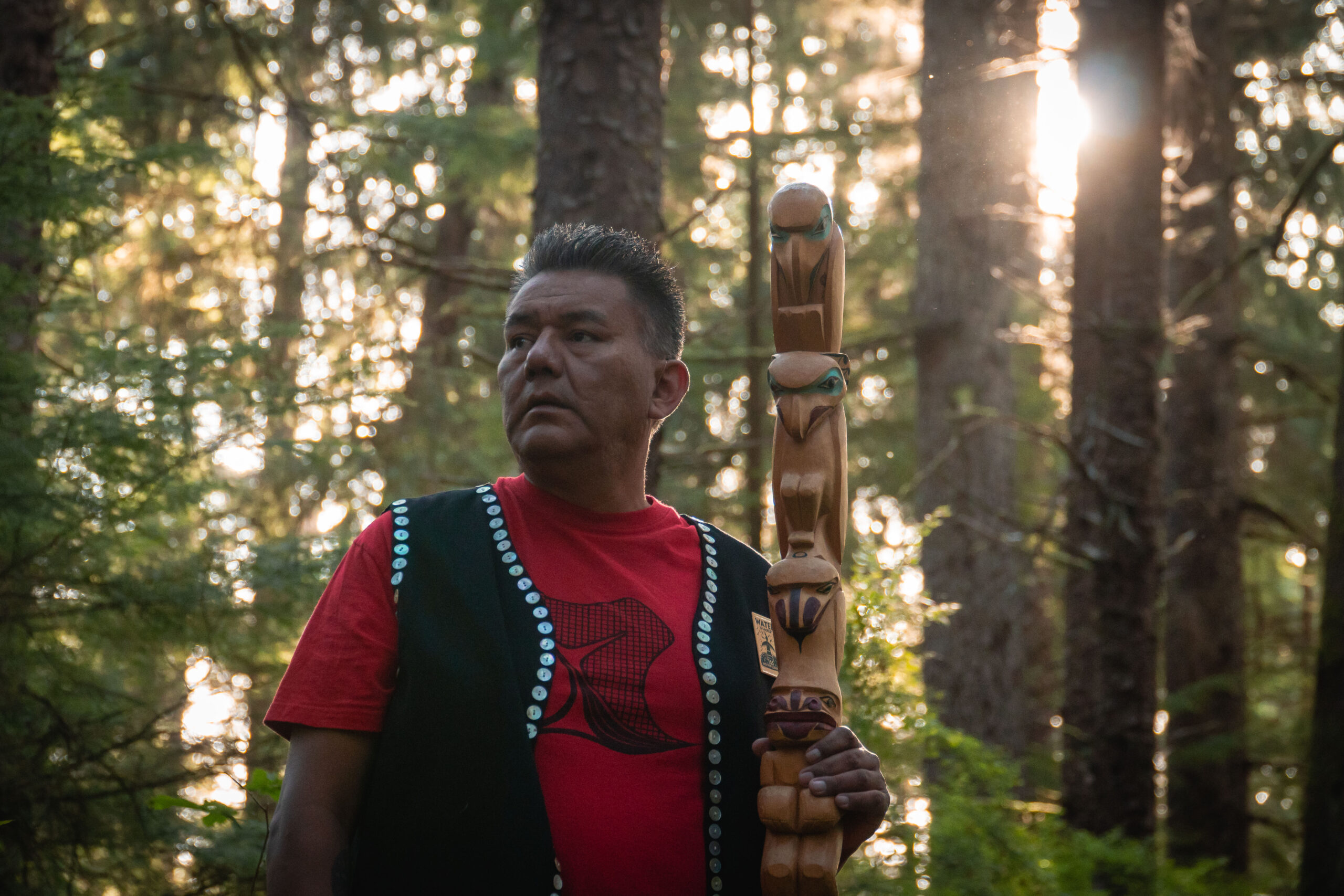
In 2012, the Haida Gwaii Management Council reduced the annual allowable cut for Haida Gwaii by half. It also imposed a new regime of ecosystem-based management over what was left, on top of prohibitions to protect culturally sensitive areas. This put the remaining old-growth in Teal’s two tenures out of reach. In 2016, Teal sold the tenures to A&A Trading, then proceeded to sue the province and Haida Gwaii Management Council for the profits lost from not being able to log as planned. Should Teal win, the province — which is to say, taxpayers — will pay the entire cost.
If $75 million in lost profits doesn’t sound like much, consider that this is just one case, and the province has sold hundreds of forestry tenures to logging interests across B.C. All are on First Nations territory; all are now subject to the paradigm shift first enacted on Haida Gwaii. As Nussbaum, the deputy chief forester, explained in his testimony: “The planning done in Haida Gwaii had that ecological focus, and now it might expand from there across the province.”
In saying “might” instead of “will,” Nussbaum revealed the true stakes of this case. Neither Teal-Jones nor the province would speak with me about a matter that’s before the courts. But a spokesperson for B.C.’s attorney general did answer one of my questions by email: “There is no legislation in place that protects the Crown and First Nations from similar lawsuits going forward.”
In its opening arguments, Teal acknowledges that any forest license is subject to changing regulations; the annual allowable cut and other parameters are constantly being adjusted to reflect changing conditions in forest health, among other considerations. But according to Teal, reconciliation falls outside the suite of policy considerations a government may invoke when changing regulations.
“Teal does not question the laudability of the reconciliation objectives,” the company told the judge last May. “This case is about the private law implications of that decision: where the province’s pursuit of reconciliation results in a breach of the private law rights of third parties, this gives rise to private law remedies — including damages.”
The Crown, of course, disagrees.
“This case is about the province exercising its public law powers to reflect changes in public values over the management of a public resource,” it said in the first line of its opening statement. “Teal did not have a private law right to be insulated from the effects of the evolving forest management regime, the effects of the evolution of public values or the effects of the evolving imperative to reconcile.”
The province further disputes Teal’s characterization of what it had bought in the first place. “Tenures represent an opportunity, not a guarantee,” the province said. “Tenures do not guarantee a value, profit, particular mix or grade of timber, a particular forest management regime to operate under, or an achievable allowable annual cut.”
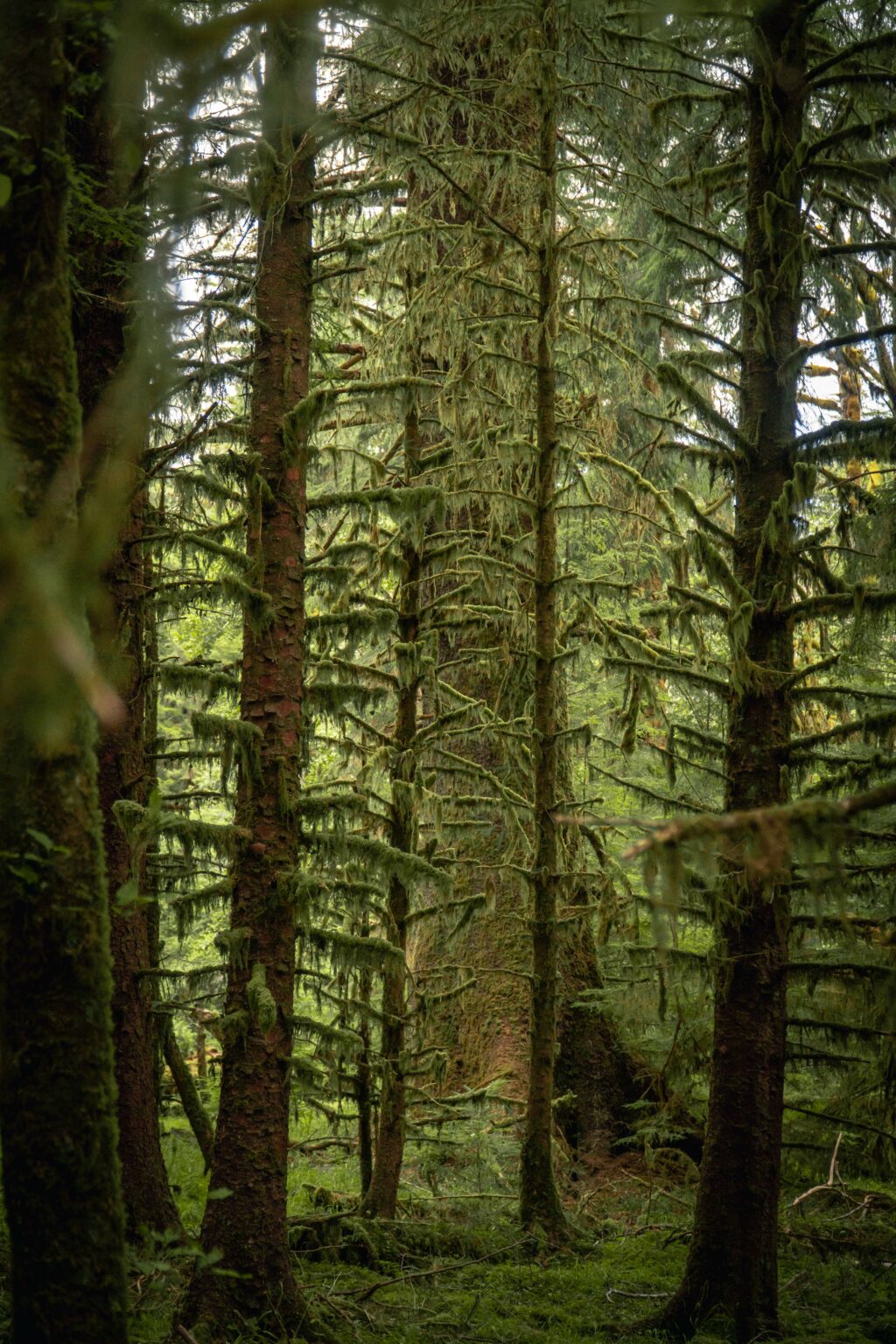
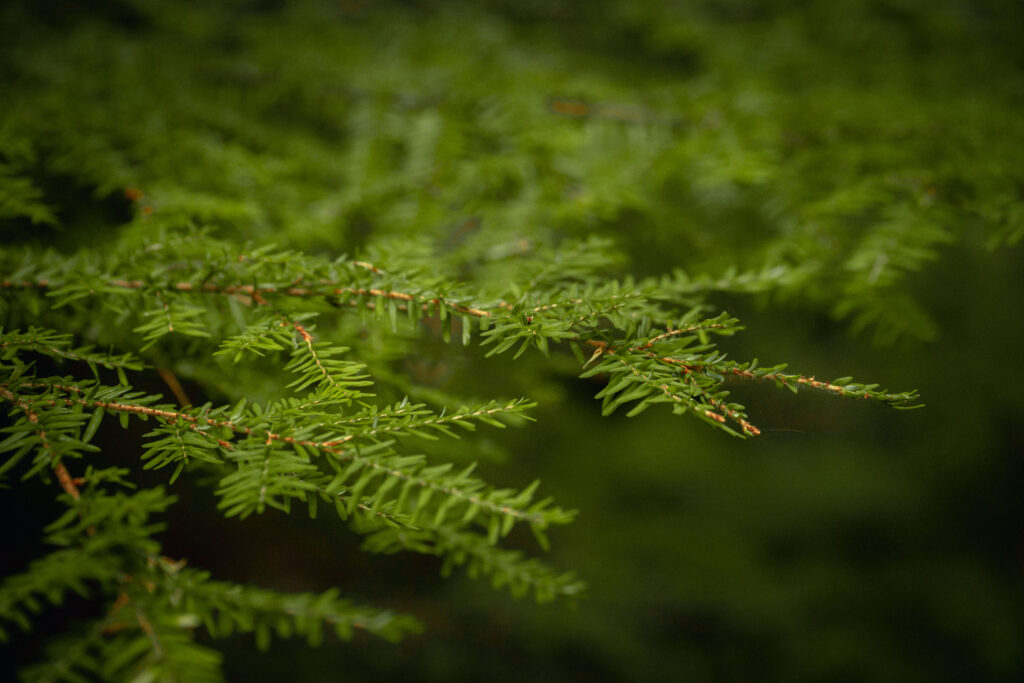
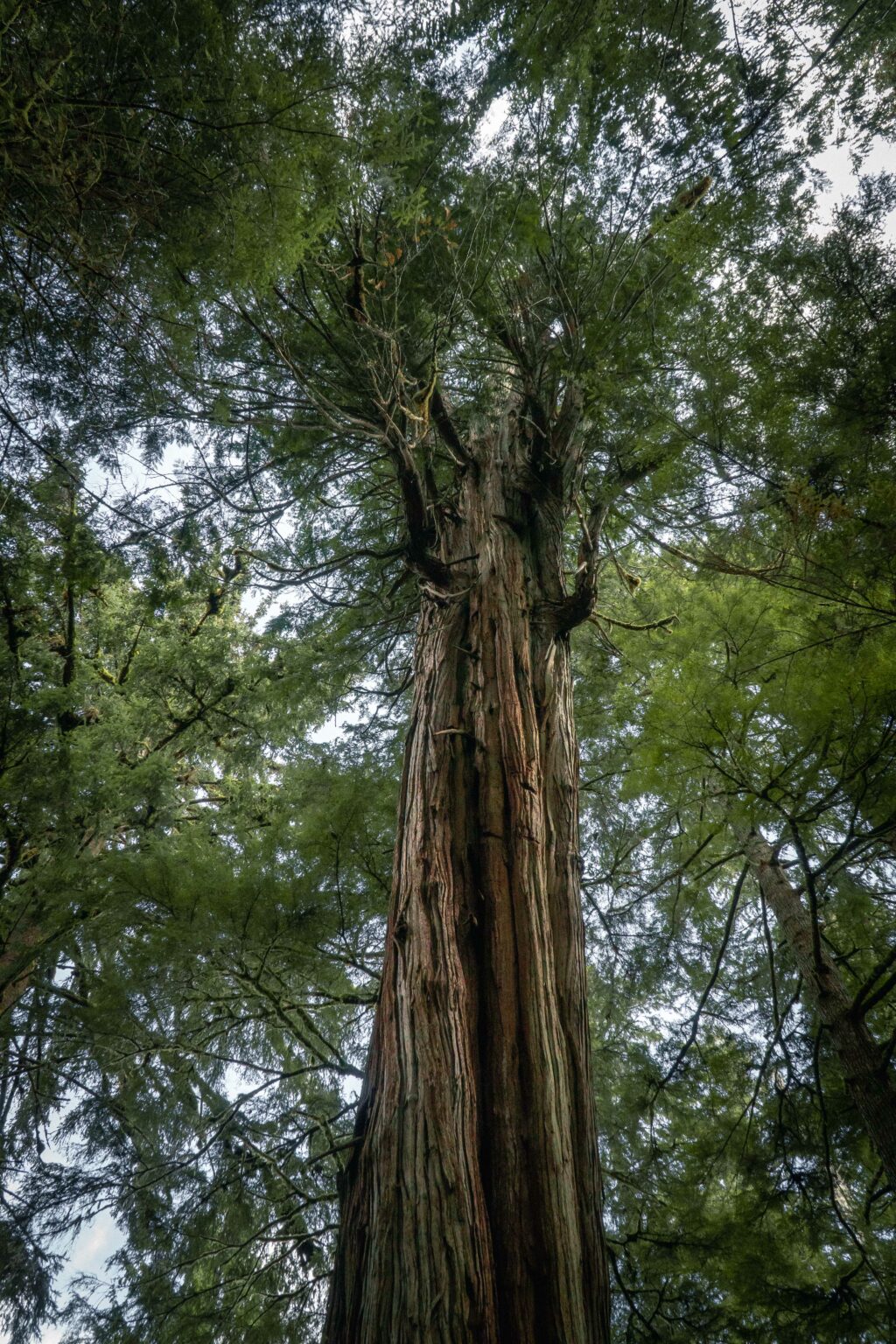
According to the province, reconciliation was but one factor — albeit the most significant — behind the changes that Teal argues amounted to a breach of contract. “A timber supply crisis in a languishing coastal forest industry, rapid change in understanding the legal and moral duty to reconcile with Indigenous Peoples and public demands for protection of non-timber values in public forests” all combined to bring dramatic reforms to Haida Gwaii, reforms now being contemplated for the entire province. “Instead of responding to this changing landscape,” the province charged, “Teal shut down its operations on Haida Gwaii and sold its tenures.”
And then, of course, it sued.
The Haida Gwaii Management Council will be the last of the three parties to present their arguments in court, with testimony from Davidson and others. They’ll begin after the province concludes its arguments and Teal completes its cross-examination, this month. The trial is expected to wrap by Christmas, after which the judge will have six months to write her decision.
So it could be almost a year before we learn which precedent this conflict sets. Will reconciliation and the sweeping industrial reforms the B.C. NDP has promised expose taxpayers to untold billions in compensatory lawsuits? Or will the province be able to fulfill its obligations without fear of similar reprisals down the road?
That’s no small matter. But regardless of the outcome, this trial has already delivered a powerful lesson into the mechanics of social change. Through its own opening statement and the testimony of multiple senior bureaucrats, the government portrayed new legislation as the direct result of mass protest combined with legal challenges.
The saga playing out in courtroom 35 is just the latest iteration of that larger story. This time, however, the government finds itself under attack from the very interests it spent the last 150 years protecting.
Updated Sept. 6, 2023, 10:50 a.m. PT: A previous version of this story incorrectly stated A&A Trading is a Haida-owned forestry company. The company is not Haida-owned.
Get the inside scoop on The Narwhal’s environment and climate reporting by signing up for our free newsletter. On a warm September evening nearly 15...
Continue reading
115 billion litres, 70 years to fix, $5.5 billion in lawsuits

Climate change, geopolitics and business opportunities power a blue economy

10 billion litres of sewage are dumped into Winnipeg’s lakes and rivers each year. Some...
